Top 10 Biggest Mergers and Acquisitions in India

Top 10 Biggest Mergers and Acquisitions in India
Over time, the Indian subcontinent has seen a growth in mergers and acquisitions (M&A). These restructuring moves are critical to the long-term prosperity of any firm as well as the economy. Mergers and acquisitions (M&A) have long been a popular way to enter new markets and expand existing ones.
The regulatory and prohibitive measures of the MRTP (Monopolistic and Restrictive Trade Practices) Act, 1969, are a major influence on the entities involved in the merger. According to this Act, a company or firm must go through a time-consuming and stressful process to obtain clearance for mergers and acquisitions.
A company taking over another company happens more often than you might expect. Acquisitions are the term for these types of takeovers. Mergers happen when two or more companies combine to form a single entity. These mergers are known in India as ‘Amalgamation.‘
Mergers & Acquisitions help a firm achieve its growth goals. Mergers & Acquisitions could be part of a company’s strategy to grow market share, expand geographically, lessen competition, profit from patents, or even enter new markets. As a result, businesses take advantage of other companies that are underperforming or governments that are willing to sell their assets.

According to research, more than $310 billion was spent on mergers and acquisitions between 2015 and 2019 in India. In terms of volume and trade, over 60% of the transactions involved industrial products, energy, telecom, and media.
The changing landscape with the increased availability and use of the internet is one of the key causes for the increased competitiveness in the Mergers and Acquisitions field. The increased market competition has a high effect on companies in the eCommerce industry. This industry has opened the way for some of the most aggressive mergers and acquisitions in recent years.
An important element that has an impact on the M&A climate is the country’s political situation. This is because, unfortunately for India, capital requirements do not match the market’s untapped potential. This deficit is filled by foreign corporations.
Unfavourable legislation, both existing and newly enacted, have a significant influence on a foreign country’s investment chances in India. Government initiatives to speed up mergers and acquisitions are examples of government help. As a result of these actions, India has risen to 63rd place in the World Bank’s Ease of Doing Business index.
Mergers and acquisitions (M&A) in India have reached an all-time high, driven by a high percentage of first-time buyers than ever before, accounting for more than 80% of deals closed in 2020 and 2022.
What are Mergers and Acquisitions?
Merger refers to the amalgamation of two entities to form a single entity and acquisition is the act of overtaking an entity and acquiring it.
Mergers are the consolidation of two or more firms into a single entity, with one company surviving and the other ceasing to exist. The assets and liabilities of the amalgamated company or companies are acquired by the survivor.

In India, the term ‘amalgamation’ is used to describe a merger. It usually entails two similar-sized and-status enterprises joining forces. Horizontal Merger, Vertical Merger, Conglomerate Merger, and Reverse Merger are some of the types of concepts for merging organisations.
In a broad sense, acquisition refers to acquiring property ownership. It is the acquisition of a controlling interest in the share capital of another existing company by one corporation. Even though the management of both companies changes following the takeover, the companies retain their respective legal identities. The Companies stay autonomous and separate; the only difference is in who controls them.
These are the Top 10 Biggest Mergers and Acquisition Deals in India

1. ZEE Entertainment and Sony India Merger
Two of India’s largest media companies, Zee Entertainment Enterprises Limited (ZEEL) and Sony Pictures Networks India (SPNI), have agreed to a multibillion-dollar merger. The merger between the two companies was approved by the Zee board of directors. The arrangement has the potential to turn the newly formed company into one of the largest and most sought-after in the country.
As part of the contract, Sony Pictures Entertainment will spend $1.575 billion on the newly merged company. Zee’s board of directors gave in-principle approval for the execution of a non-binding term sheet with SPNI. Additionally, both parties are preparing a non-compete agreement.
“ZEEL is on a strong growth trajectory and the board believes that this merger will significantly enhance its growth trajectory,” says R Gopalan, chairman of Zee Entertainment. Both companies are expected to benefit from the merged entity and the synergies produced between them, which will not only accelerate business growth but will also allow shareholders to participate in its future success.

2. Vodafone and Idea Merger
For a long time, the telecom sector has been in dire straits. Since the allegations of the 2G Scam appeared, government regulations and market factors have harmed this sector.
Although the merger created a telecom behemoth, it is safe to claim that the two businesses were pushed to do so by Reliance Jio’s arrival and the ensuing price war. As the telecom business became increasingly competitive, both companies struggled.
It was a beneficial agreement for both Idea and Vodafone, since Vodafone now owns 45.1 per cent of the combined firm, with the Aditya Birla group owning 26 per cent and Idea owning the rest. Vodafone Idea launched its new corporate identity, ‘Vi,’ which marked the culmination of the two businesses’ unification.
After Airtel, the Vodafone-Idea group is India’s second-largest telecom network. This merger is estimated to be worth $23 billion. This is a merger of equals, unlike other mergers.
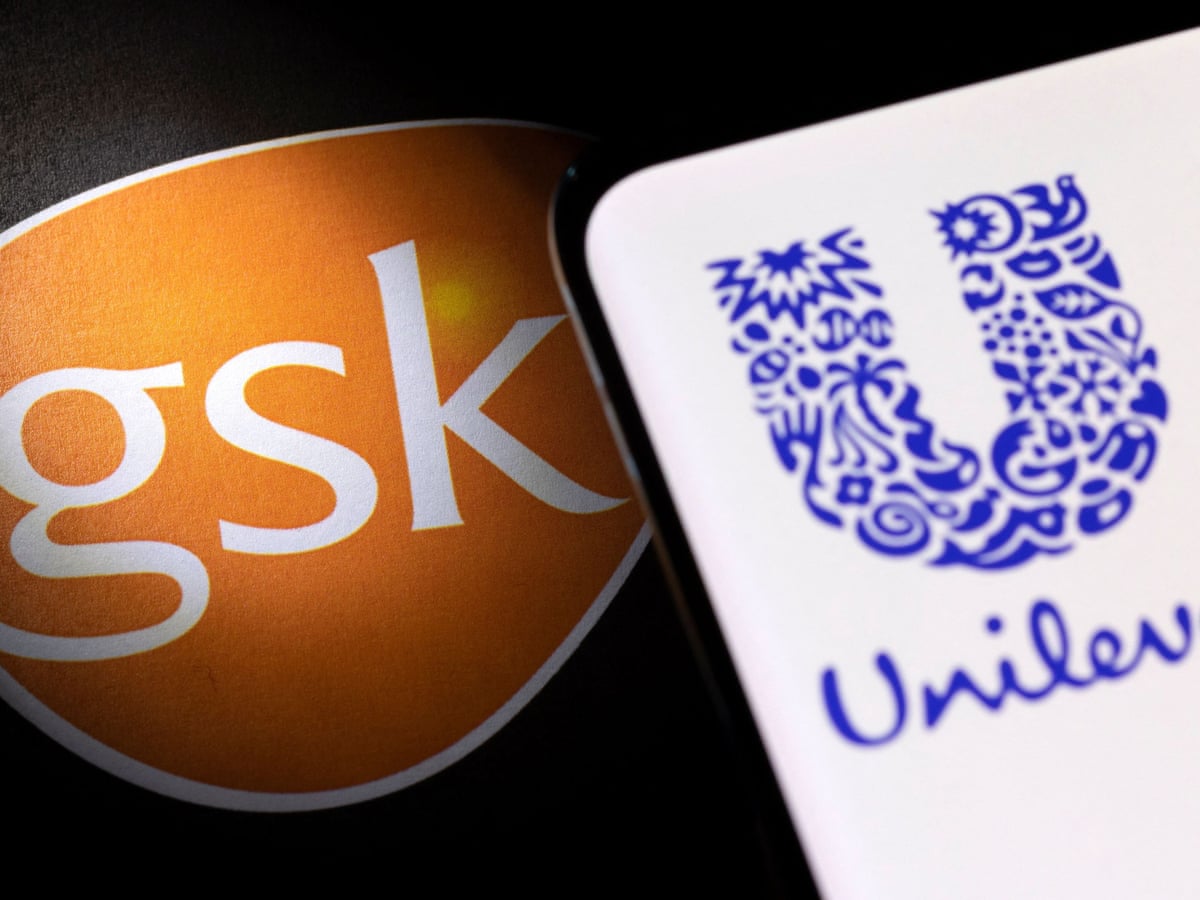
3. HUL’s and GSK CH Merger
Hindustan Unilever Limited (HUL) is the country’s leading FMCG company. HUL announced its merger with GlaxoSmithKline Consumer Healthcare Ltd (GSK Consumer) in December 2018, however, GSK Consumer’s parent firm, GlaxoSmithKline Plc (GSK), did not sell the HUL shares it received as compensation until May 2020.
It is an all-equity merger, with HUL shareholders receiving 4.39 HUL shares for every GSK CH India share. The overall business is valued at INR 317 billion in this transaction. The merger encompasses all of GSK CH India’s operations.
The merger is in line with Hindustan Unilever’s aim of exploiting the megatrend of health and wellness to establish a sustainable and successful Foods and Refreshment (F&R) business in India. With renowned brands like Horlicks and Boost and a product portfolio backed by solid nutritional claims, GSK CH India is the market leader in the HFD category.
Sanjiv Mehta of HUL said, “We will be expanding our portfolio of strong brands into a new category catering to our consumers’ nutritional needs as a result of our planned strategic merger with GSK CH India. Our F&R business will have a revenue of more than Rs.100 billion, making us one of the country’s major F&R companies.”

4. Arcelor and Mittal Merger
Mittal Steel merged with Arcelor Steel, a Luxembourg-based steel company. ‘ArcelorMittal,’ the new corporation, is now the world’s largest steel company. Mittal Steel chairman Lakshmi Mittal initiated a hostile offer for Arcelor in January 2006. After a long battle, the two businesses united to form the world’s largest steel company, controlling 10% of the global steel market. The transaction was worth $38.3 billion.
The takeover was resisted by Arcelor’s board of directors. Arcelor took the first step to thwart the acquisition by putting its subsidiary, Dofasco, under a trust and using the poison pill tactic to keep Mittal from buying the company. Mittal Steel’s ability to complete the transaction was hampered as a result of this. Mittal agreed to a 45 per cent stake cap and offered 12 of the 18 board seats to independent directors, including union representatives, and a one-year lock-in on his shares.
The Arcelor board of directors voted on June 25, 2006, to proceed with the merger with Mittal Steel. Arcelor shareholders earned 50.5 per cent and Mittal Steel shareholders received 49.5 per cent of the combined business, according to the terms of the agreement.

5. ONGC and HCPL Merger
Oil and Natural Gas Corporation Ltd (ONGC) is considering merging its two refining companies, Mangalore Refinery and Petrochemicals Ltd (MRPL) and Hindustan Petroleum Corporation Ltd (HPCL), as part of its consolidation drive for better resource management (HPCL). The proposed merger was expected to take place in 2021, however, because of the epidemic, that date may be pushed back.
The process has already begun with the merger of ONGC Mangalore Petrochemicals Limited (OMPL) and MRPL. MRPL has a 51 per cent controlling stake in OMPL, with ONGC holding the remaining 49 per cent. MRPL now owns the company as an entirely owned subsidiary.
The parent firm, ONGC, anticipates that the merging of OMPL and MRPL will increase cooperation between the two subsidiaries on matters like product supply pooling. As a result of the merger, ONGC will become one of India’s major firms and strengthen its market position.
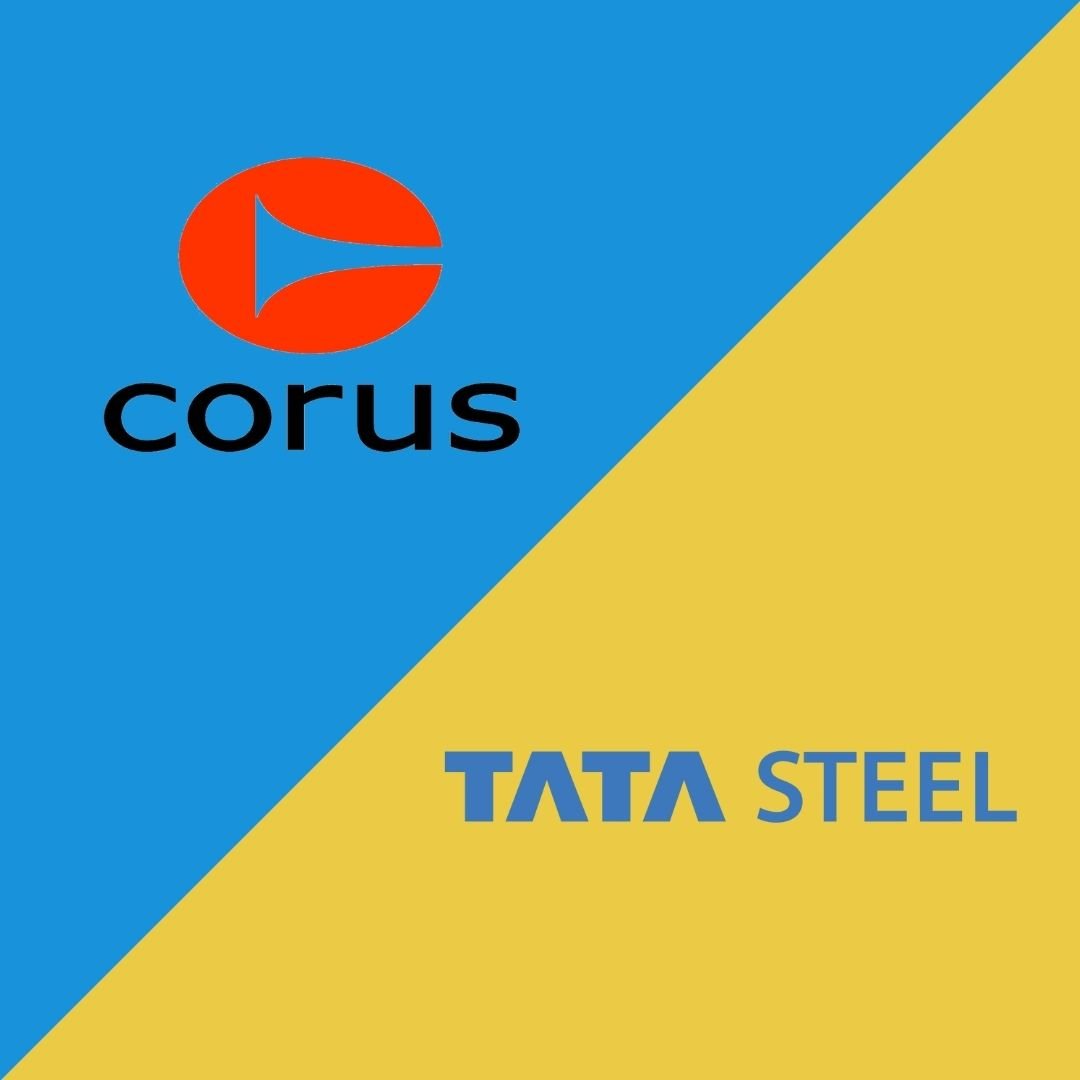
6. Tata Steel’s Acquisition of Corus
Tata Steel is the largest steel firm in India, and Corus is Europe’s second-largest steel company. Since 2007, Tata Steel has become the world’s fifth-largest steel producer after acquiring European steel giant Corus for $12.02 billion. For a variety of reasons, Tata Steel and Corus were interested in the arrangement before it began.
The acquisition of Corus, a high-value product manufacturer in a region of the world where value products are in great demand provided Tata Steel with possible synergies in manufacturing, procurement, research and development, logistics, and back-office operations.
Outside of India, the Tata Corus acquisition was the largest private-sector deal by an Indian corporation. At one point, the amalgamated corporation was the world’s fifth-largest steel company in terms of revenue. Unfortunately, the combination did not work out and the company lost money. The story of Tata’s purchase of Corus came to a terrible conclusion.
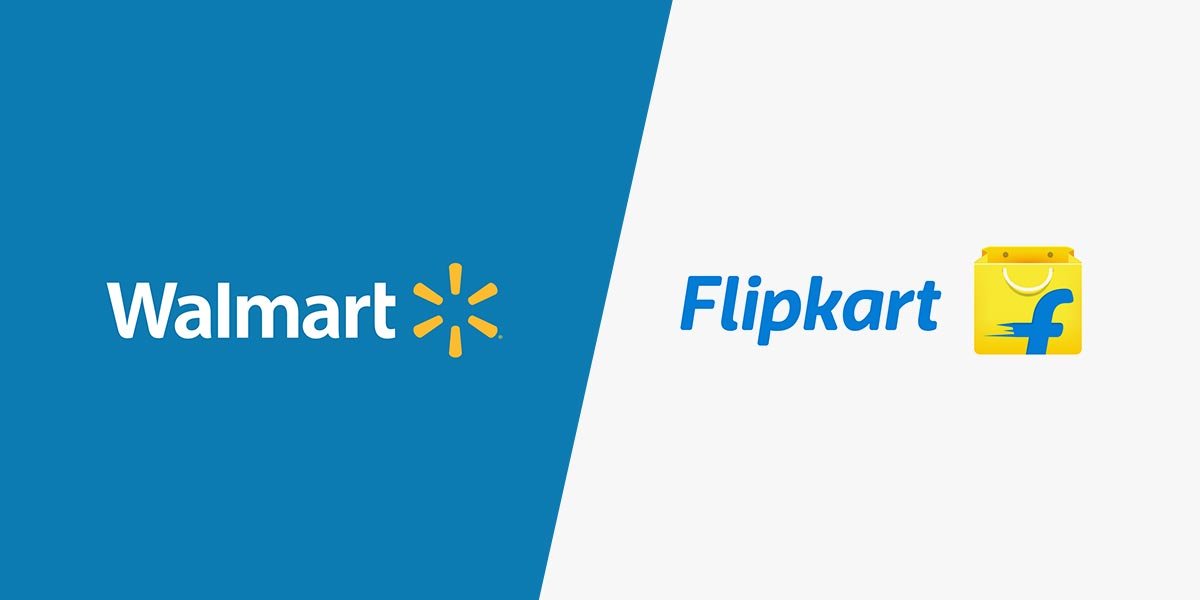
7. Walmart’s Acquisition of Flipkart
Walmart’s purchase of Flipkart marked its entry into the Indian market. Walmart defeated Amazon in a bidding war and paid $16 billion for a 77 per cent interest in Flipkart. This helped Walmart compete with Amazon in one of its key markets.
Flipkart’s logistics and supply chain network was grown as a result. Flipkart is the country’s leading e-commerce company. It had already bought other eCommerce startups, including Myntra, Jabong, PhonePe, and eBay and became India’s biggest apparel e-commerce company
Practically everyone was talking about the greatest e-commerce deal ever when Walmart Inc. successfully purchased a 77 per cent share in Flipkart. This is the greatest buyout for the US-based corporation. Walmart has put aside $2 billion for new investment as part of the deal.
Together, the two companies can help to foster the startup work culture and ethics, resulting in an interesting trend for the industry. Walmart can take advantage of Flipkart’s skills to reach a larger customer base while Flipkart will gain from Walmart’s omnichannel capabilities, sourcing, and supply chain management in exchange.
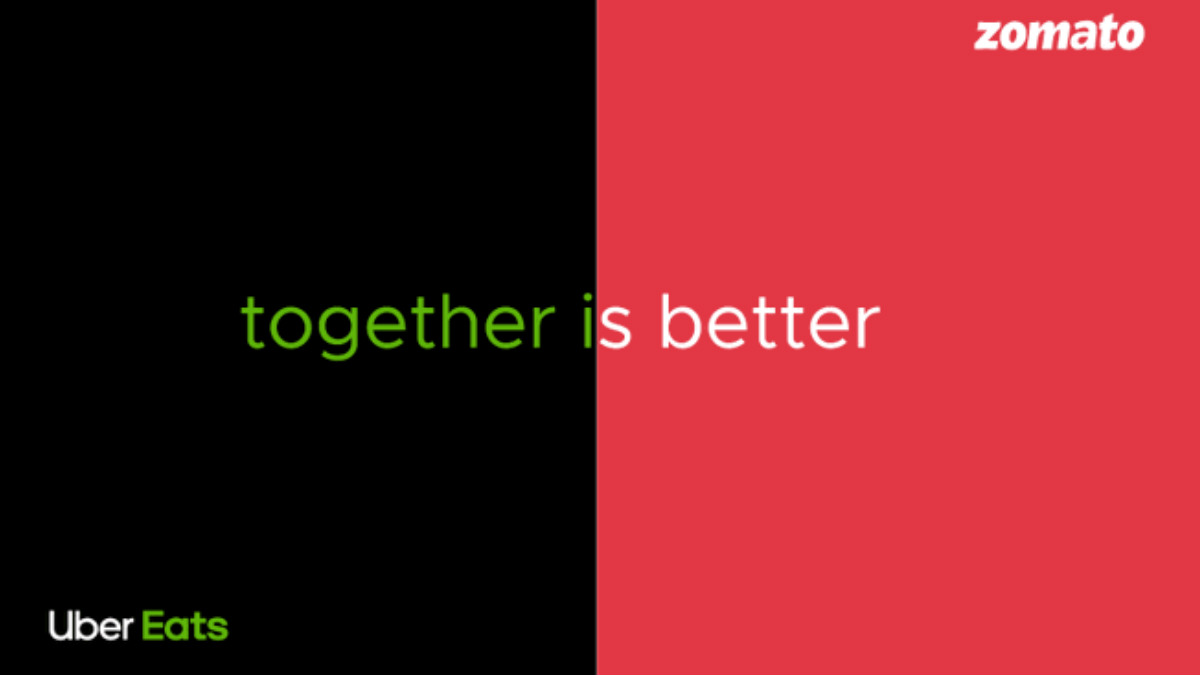
8. Zomato’s Acquisition of UberEats
Zomato, an online food delivery and restaurant discovery platform, has purchased the Indian operations of Uber Eats, Uber’s food delivery service, for roughly $350 million. The all-stock transaction gives the ride-hailing giant a 10% stake in Zomato. The decision was intended to reduce losses in the ride-hailing startup’s food delivery service in India, which has been a source of revenue for the company.
Zomato’s founder and CEO, Deepinder Goyal, stated that the acquisition “substantially improves our position in the category.” Zomato will now have a 55 per cent share of the food delivery industry thanks to Uber Eats, and will mostly compete with Swiggy, which is based in India.
The Uber Eats brand in India will cease to exist, and all its customers will be transferred to Zomato’s app. Zomato’s fleet will include delivery partners who were formerly involved with Uber Eats India, according to Goyal of Zomato.
Deepinder Goyal, the creator of Zomato, stated that Uber Eats India users would now become Zomato users. In India, Zomato delivers to over 550 cities. The partnership is appealing to Zomato, which has been trying to break Swiggy’s grip on the southern states.
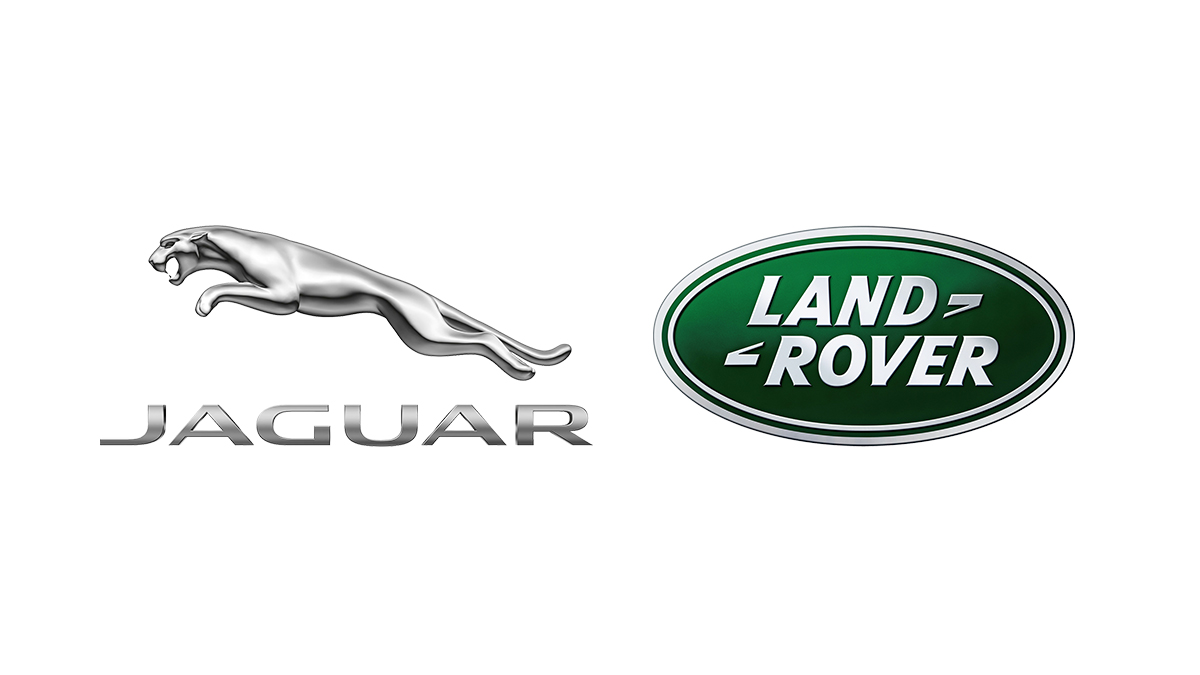
9. Tata Motor’s Acquisition of Jaguar’s Land Rover
Tata Motors Ltd., located in India, announced in June 2008 that it had completed the acquisition of the two historic British brands Jaguar and Land Rover from Ford Motors, based in the United States, for US$ 2.3 billion. It allowed a struggling Ford to get rid of two loss-making vehicle divisions.
This acquisition provided the company with access to high-end vehicles, as well as the opportunity to add two legendary luxury brands to its roster and a global presence. Tata Motors possess the world’s cheapest car, the US$ 2,500 Nano, as well as luxury brands like Jaguar and Land Rover.
Ford Motor Company’s luxury business, Jaguar-Land Rover (JLR), was losing $520 million in 2008. Nobody was willing to buy such a heavily leveraged automaker that was losing market share regularly. Tata not only paid $2.3 billion for the JLR, but it also made a $3400 million profit in 2019.
The agreement was game-changing. Tata Motors converted from a small-car and commercial vehicle producer to a global player with iconic brands. Tata’s leadership concentrated on lowering costs, increasing efficiencies, and controlling cash flow. When the market began to turn, the major automobile manufacturer was well-positioned to benefit, turning profitable in 2009 with a net profit of $90.6 million.

10. Hindalco’s Acquisition of Novelis
Hindalco Industries Ltd. is an aluminium manufacturer and a subsidiary of the Aditya Birla Group, whereas Novelis is the world leader in aluminium rolling, generating roughly 19% of all flat-rolled aluminium products. Hindalco agreed to buy Novelis, a Canadian company, for $6 billion, including $2.4 billion in debt making it the world’s largest rolled-aluminium producer. Hindalco owns Novelis and it is a subsidiary of Hindalco.
This purchase was made to obtain immediate size and a global presence. Hindalco got access to sheet mills that supply can manufacturers and automakers after buying Novelis. Hindalco moved up the value chain and became a world leader in downstream aluminium-rolled products by investing in downstream. It was already Asia’s largest producer of primary aluminium and India’s largest copper producer.
Hindalco Industries Ltd made a $6 billion all-cash offer to buy Novelis Inc., combining the world’s 13th largest aluminium producer with a significant manufacturer of vehicle components, cans, and packaging to become a powerful global metals powerhouse.
Conclusion
In today’s world, the concept of mergers and acquisitions is becoming increasingly popular. Consolidation through mergers and acquisitions is considered the most effective technique of reorganising company structures.

Companies are adopting M&A to restructure their businesses for a post-Covid world, and this increased deal pace is being driven by faster change across sectors. Cash reserves and foreign direct investment inflows are at record highs, private equity (PE) dry powder is plentiful, and interest rates are at historic lows.
Companies are responding to disruption and growth expectations, and one of the ways they are doing so is through acquisitions. M&A provides established businesses with a fresh lease on life.




